Featured Photo Above:
Combined 1903 World Series Photo: Pittsburgh Pirates and Boston Pilgrims
(Color Restoration by Chris Whitehouse of Mancave Pictures)
Baseball History Comes Alive Now Ranked As a Top Five Website by Feedspot Among All Baseball History Websites and Blogs!
(Check out Feedspot's list of the Top 35 Baseball History websites and blogs)

Guest Submissions from Our Readers Always Welcome! Click for details
Subscribe to Baseball History Comes Alive for automatic updates. As a Free Bonus, you’ll get access to my Special Report:
Gary’s Handy Dandy World Series Reference Guide!
“Red Sox Babe Ruth and the Combined No-Hitter” Photo Gallery
Click on any image below to see photos in full size and to start Photo Gallery:
Question: Did Babe Ruth ever throw a no-hitter?
Short Answer: “Yeah…sort of. It’s in the record books.”
Long answer: Well, you’ll just have to read on and you can decide for yourself if he threw a no-hitter…
I’ve written a lot about Babe Ruth over the years. I’ve covered the “Called Shot” in the 1932 World Series, the “Bellyache Heard Round the Word” in 1925, the “Home Run for little Johnny Sylvester” in the 1926 World Series, the Sad Saga of the Baby Ruth Candy Bar, his feud with Lou Gehrig, and many more trials and tribulations from his personal life and his magnificent career. And why not? The Big Fella always makes for good copy. The stories are always so…Ruthian!
But here’s one today that sort of slipped under my baseball radar screen, and it’s one I think you’ll find interesting. I’m calling it:
Babe Ruth’s “Improbable” Combined No-Hitter!
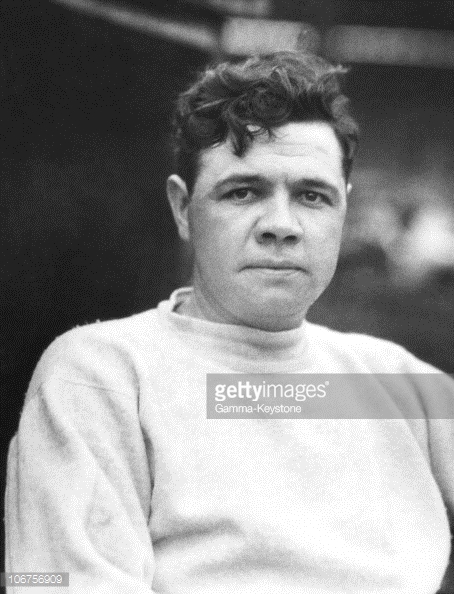
There have been eleven combined no-hitters in major league history, and I’m willing to bet you this one, involving pitcher George Herman “Babe” Ruth in 1917, is unique. The reason I chose to describe it as “improbable” is because the word is defined as, “unlikely, but real or true.” And that’s exactly what happened here, as you’ll soon see.
Babe Breaks In As A Pitcher
As we all know, Babe broke into the majors with the Red Sox as a pitcher, making his debut on July 11, 1914, at age 19. He posted a 2-1 record that year with a 3.91 ERA. After that modest start, it didn’t take long for the Bambino to establish himself as one of the game’s top pitchers, going 18-8 with a 2.44 ERA in 1915.
He followed that fine season with a “breakout” year in 1916. Check out these numbers: 23-12 (.657), leading the American League in ERA (1.75), Games Started (40), Shutouts (9), and Hits Allowed per 9 Innings (6.4). He pitched 323.2 innings that year, and—get this!—gave up exactly zero home runs. That has to be a record of some sort.
In the featured photo, we see a young Babe Ruth with the Red Sox, colorized beautifully by our resident baseball artist, Don Stokes.
One Of The Top Pitchers In The League
That takes us to 1917. In July of that year, Ruth was in the middle of another fine season, which, by season’s end, would see him go 24-13, with a 2.01 ERA, and a league-leading 35 complete games. (After three straight outstanding seasons at the beginning of his career, it’s always interesting to speculate if he would have made the Hall of Fame as a pitcher.)
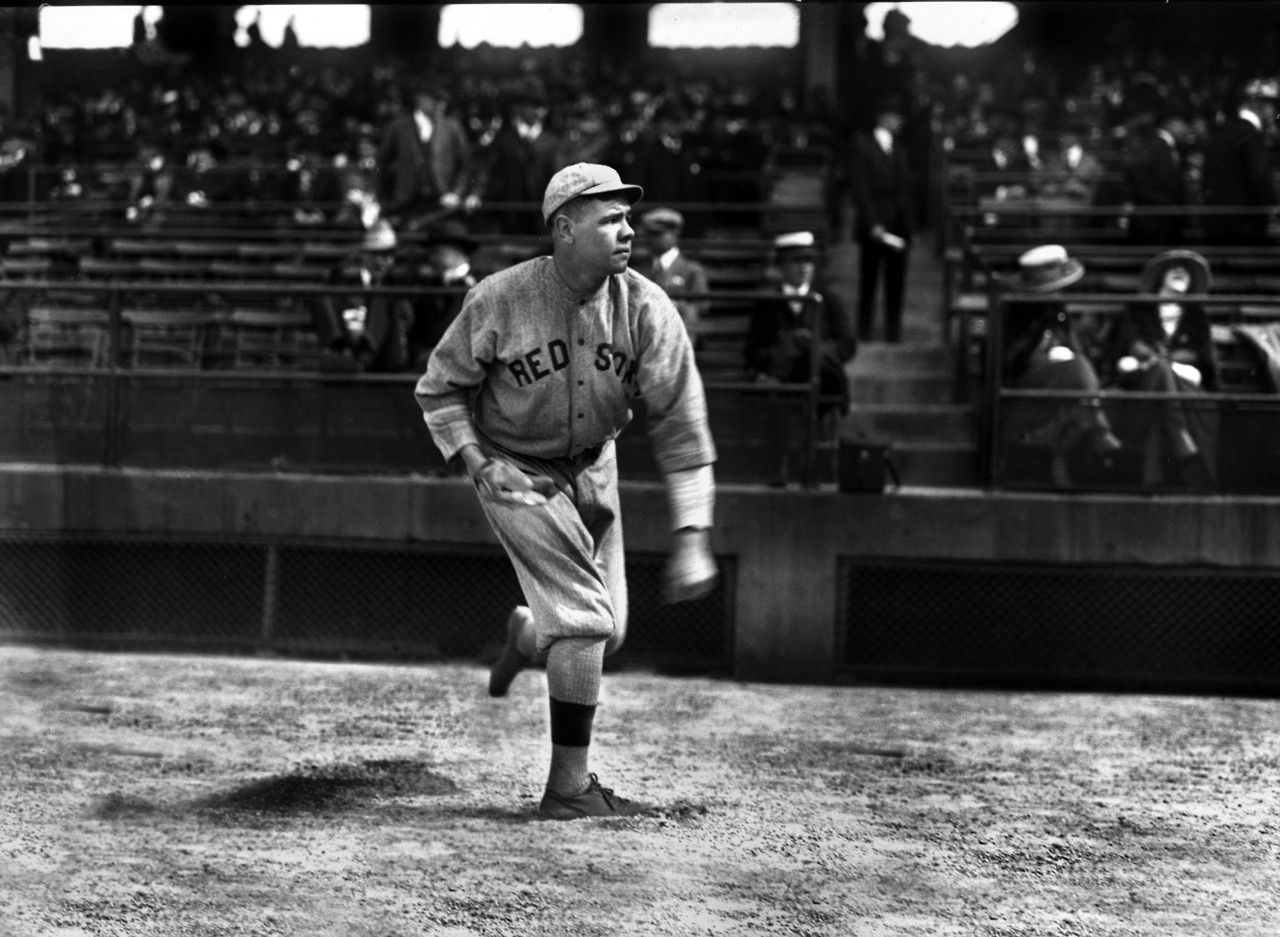
On July 23, 1917, Babe made a routine start against the Senators at Fenway Park. Babe took the mound, and after home plate umpire Brick Owens yelled out the traditional “Play Ball,” Babe proceeded to walk the first Senator batter, Ray Morgan, on four straight pitches. Ruth immediately began jawing with the umpire.
Apparently, the Babe wasn’t real happy about the ball/strike calls, even after only one batter, and he let Owens hear about it. He apparently thought Owens had missed at least two strikes. “Open your eyes and keep them open!” Babe barked out from the mound. After the ump threatened to eject Ruth if he didn’t pipe down, Ruth ripped into him again: “You run me out and I will come in and bust you on the nose!” At least that was the “clean,” sanitized version reported in the Boston papers the next day.
Babe Loses It!
Well, that’s all it took. Owens wasn’t taking any gruff from the Babe and he fired right back, “You’re outta’ here, Ruth, go take a shower.” In baseball parlance, Owens had given the Babe the old “heave-ho,” or “the thumb.” You’d have to wonder if the Babe got up on the wrong side of the bed that day. Was he possibly irritable from nursing a hangover?
We’ll never know for sure. Whatever it was—and with a totally out-of-character overreaction, it had to be something other than a mere base on balls—something set him off in a big way. The next thing anybody knew, Babe was charging home plate with fists flying. Red Sox catcher Chet Thomas made a valiant attempt to intervene, but there was no stopping what now resembled a raging bull.
Babe Dragged Off the Field!
Babe missed with a wild left, but then landed a solid right behind Owens’ left ear. Manager Jack Barry, Red Sox teammates, and several policemen rushed to the scene attempting to restrain the big guy before he did some serious damage. According to newspaper accounts, once they had him under control, the peacemakers had to drag him off the field, kicking and screaming. And with Ruth’s size, it was no easy task. All this over ball four? And on the first batter no less?
Enter Ernie Shore…
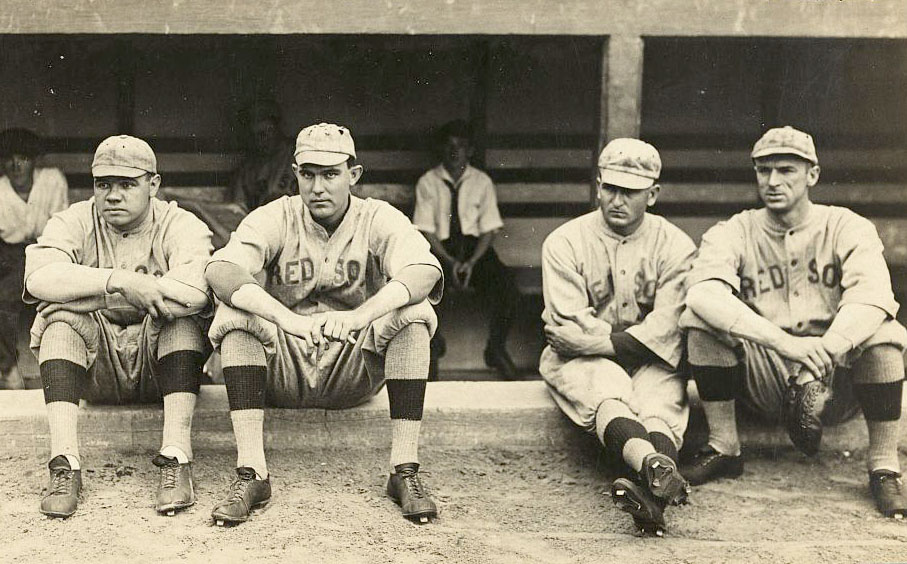
With Ruth consigned to an early shower, manager Barry brought in 6’4” right-hander Ernie Shore. Ernie was an outstanding pitcher himself, going 53-33 with a 2.12 ERA for the Red Sox from 1914-1917. He was also the Red Sox’ Opening Game starting pitcher for both the 1915 and 1916 World Series. In 1917, he was having another fine year, with a 1.97 ERA in his first 12 starts.
That day, Ernie brought his A-game. Taking over for the tossed Ruth, he then pitched the game of his life. After Ray Morgan was thrown out attempting to steal second, who could ever have predicted what was to follow?
Ernie proceeded to retire the next 26 Senators in order!
But what to call it? Including Morgan, Shore had retired 27 batters in succession, so should he be credited with a perfect game? Morgan, the one guy who reached base, wasn’t charged to Shore. Or should it just be a no-hitter? And what about Ruth? What does he get out of it?
There had never been a combined no-hitter before, so it took a while for the baseball “higher-ups” to sort things out. Initially, it went into the books as a combined perfect game. That’s the way things stood until 1991. Then the baseball geniuses, in their infinite wisdom, downgraded it to a mere combined no-hitter with Ruth and Shore both getting credit, even though Shore did all the work! Ruth had been kicked out of the game after one batter, only threw four pitches, and wasn’t around long enough to even record an out!
Babe Gets Off Easy!
All-in-all, not a good day for the Babe, but I’d say he got off rather easy. The outburst cost him a mere $100 fine, a ten-game suspension, and, by the quaint norms of the day, he was forced to make a public apology for punching out umpire Owens. But, as we all know, better days for the Bambino would lie just ahead. The next year he starred for the Red Sox in the 1918 World Series, setting a World Series record with 29 2/3 consecutive scoreless innings that stood for 43 years until broken by Whitey Ford in 1961. And then, after the 1920 trade to the Yankees, he set the baseball world on fire.
Ernie Shore, meanwhile, hung around the majors until 1920, compiling a 65-43 record (.602) with an outstanding 2.47 ERA. He later became a sheriff in North Carolina, a position he held for 34 years. And you know he got a lot of mileage out of boasting about his “combined” no-hitter with none other than George Herman Ruth!
This game, the first of a doubleheader that day, was played in a brisk 1:40. There were two other future Hall-of-Famers on the field: Sam Rice of the Senators and Harry Hooper of the Red Sox. Just to complete a very bad day for the Senators, in the second game Dutch Leonard pitched a complete game against Walter Johnson, and the Senators got only four hits!
Gary Livacari
Photo Credits: Featured photo colorized by Don Stokes; All others from Google search
Subscribe to our website, “Baseball History Comes Alive!” with over 1200 fully categorized baseball essays and photo galleries, now rapidly closing in on the one million hits mark with 990K hits and over 800 subscribers:
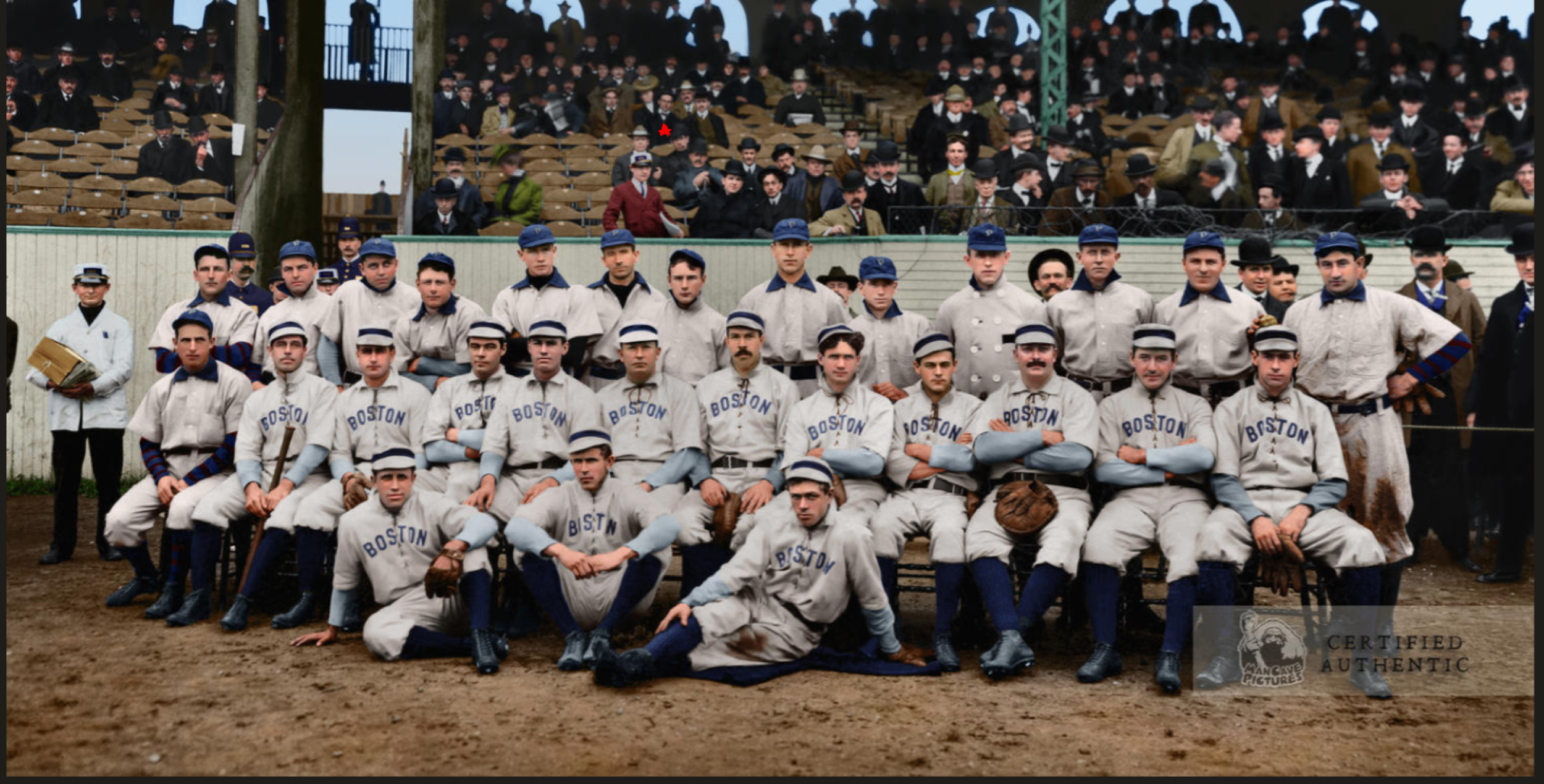
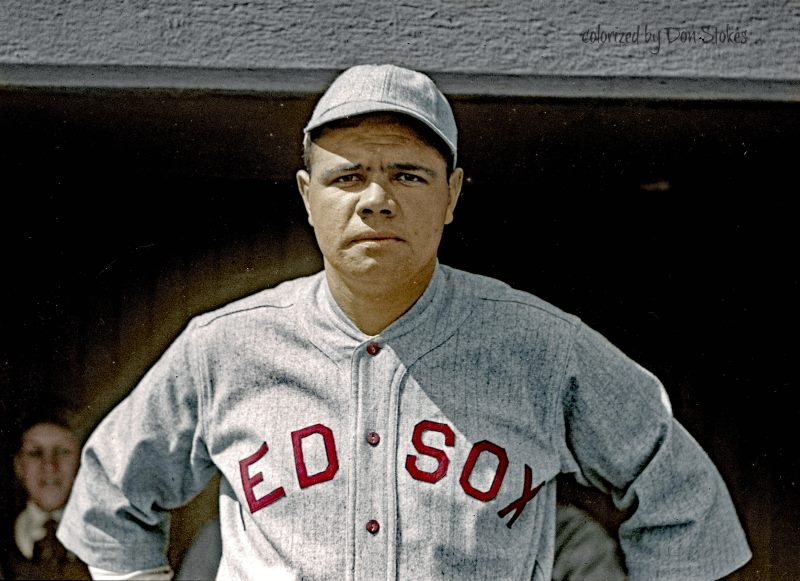
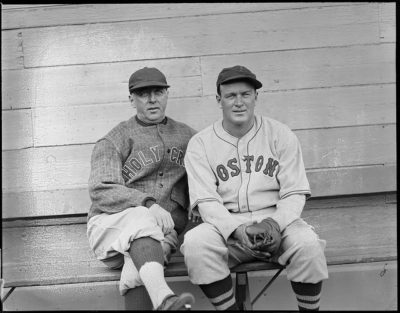
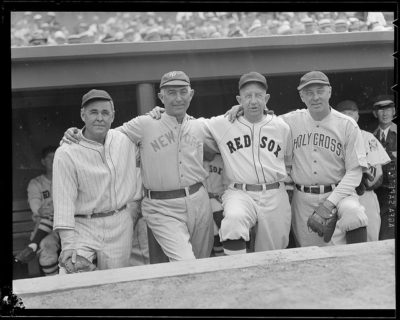
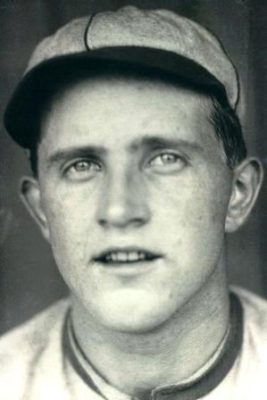
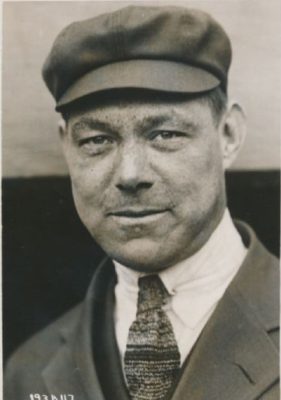
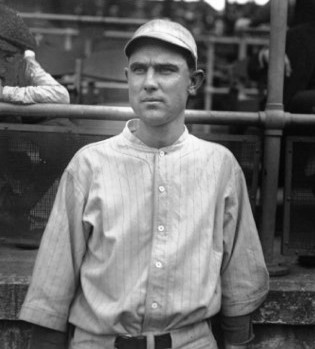
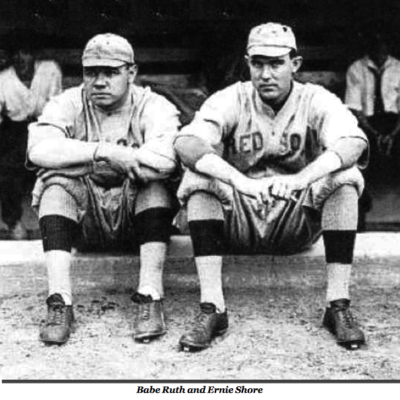
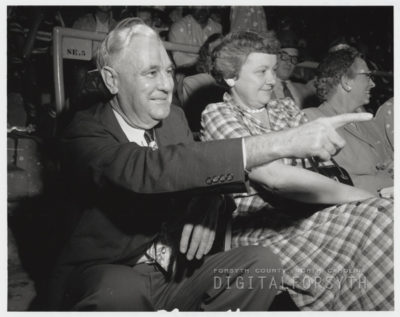
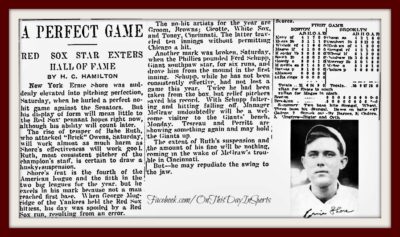
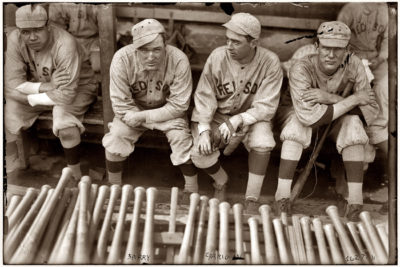
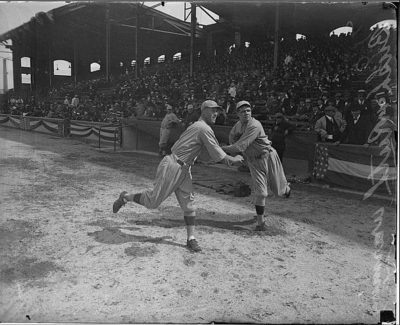
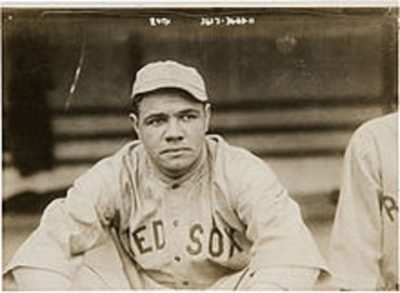
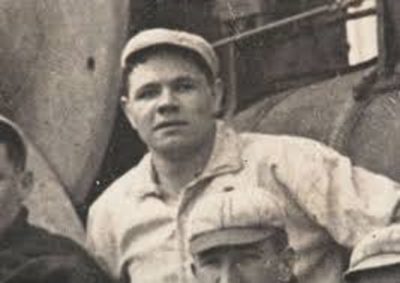
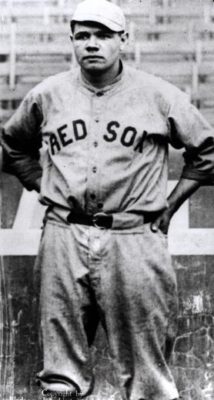
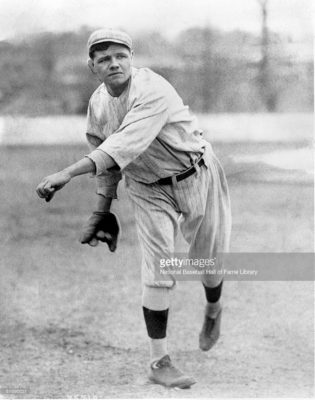
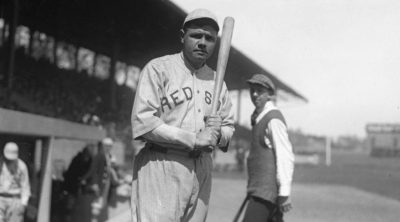
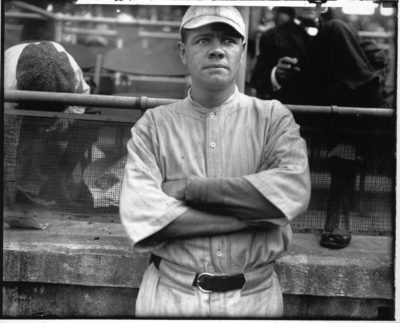
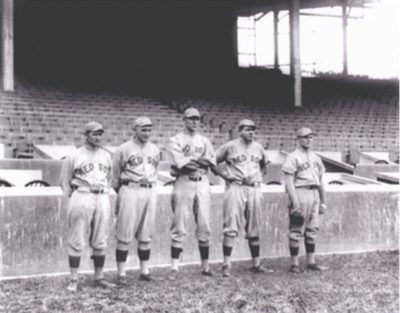
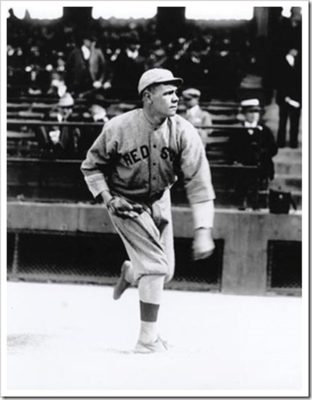
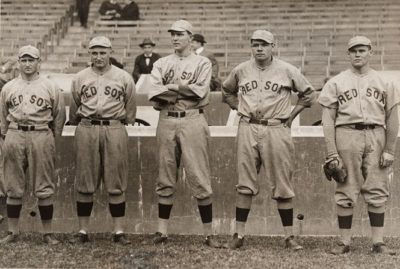

Fantastic story. I think the rule should be changed to state that a pitcher must have some sort of a positive impact to be included as part of the effort of a combined no hitter or perfect game.
Thanks Ken. Unfortunately, your solution makes too much sense for the current baseball geniuses to even consider it!
Yeah, Gary, an amazing story alright…not only the game itself but also the question of why The Bambino was so enraged.
As far as the official ruling is concerned, we’re all in agreement. This is the way I look at it:
(1) It can’t be a perfect game because a runner reached first base.
(2) Ernie Shore should be given sole credit for a no-hitter because he was on the mound when 27 outs were recorded without the Senators making a hit.
(3) Babe Ruth’s work for the game should go into the record books as; no innings pitched, no hits allowed, no runs, and one walk issued.
The ruling to include Ruth as part of the no-hitter is absurd! You and Ken are absolutely right and you need to appeal the decision immediately (ha, ha).
Was The Babe ever questioned about his bizarre behavior?
Thanks Bill…Not surprised you agree with us about this reasonable solution. As I mentioned, unfortunately too reasonable for the baseball “suits!”
No, I’ve never heard anything about what set him off that day.
I didn’t know Ruth pitched that long. What year did he become an every day van player. What was his batting average as a pitcher
Hi Don- Checking the Babe’s stats, he hit .308 during his 6 years with the Red Sox when he was primarily a pitcher. He became an everyday player in 1920 after being traded to the Yankees.
Gary, that 1991 ruling would have come under Commissioner Vincent’s administration. Was that part of his purging of other no-hitters like Harvey Haddix’s and Andy Hawkins’?
Thanks John. I hadn’t thought about that, but I guess we’d have to assume it was.
Nicely done as usual, Sir Gary! You have managed to pen yet another fascinating account from the annals, and to gently but appropriately chide baseball’s “geniuses” for tinkering with the record books, i.e., by rearranging the fencing after the horses have cleared the premises. With all due respect to the padres and madres of our favorite game, I’d have to say that you are right — which makes them. .well, wrong.
As most committed baseball fans who have also been inflicted with a law degree can tell us, the constitution outlaws so-called “ex post facto” legislation, e.g., the drafting of statutes making an act criminal after it has already been committed, or changing the punishment therefor after-the-fact. In their own spooky way, members of MLB’s Committee for Statistical Accuracy re-drafted the rule book when it comes to the matter of no-hitters back in 1991, as you point out. That might be well and good, depending on the logic and fairness of their new “legislation,” but the flies invaded this particular corrective ointment when our geniuses decided to apply their brainy changes retroactively instead of merely prospectively. “Foul ball!”
Exactly as Mr. Shreve has deduced, their approach had the questionable effect of wiping out a no-hitter by Andy Hawkins, and what was previously treated as a perfect game by Harvey Haddix, both of whose masterworks were clearly enough defined as what they indeed were by the rule in play at the time. Here’s what they said in ’91: “(It’s a no-hitter). .when a pitcher (or pitchers) allows no hits during the ENTIRE COURSE of a game (goodbye Mr. Haddix, who lost his perfect ballgame in the 13th), which consists of AT LEAST NINE INNINGS (sorry, Mr. Hawkins, whose hitless effort was lost on the road, making it unnecessary for the hosting opponent to bat in the ninth). Thus we can begin to see how it was that our beloved framers took such a dim view of ex post facto stuff.
Of course we can also tell that this ’91 edict from certified and superior thinkers did nothing at all to mess with the centerpiece of your story: The combined no-hitter authored technically by Ernie Shore and The Babe, more than 100 years ago: Those two pitchers allowed no hits during the entire course of a game which went at least 9 innings. Didn’t they! Since the anointed rules-makers were so heavily invested in ex post facto legislation, they might well have re-defined this 1917 gem such that a guy who threw exactly zero strikes and recorded the same number of outs would no longer be the beneficiary of a wild-and-crazy rule, but no. THAT would be going a bit too far. (Sorry, Drs. Simeone and Schaefer.)
As you might can tell, I’m no fan of retroactive changes in the rules to begin with. On the other hand, nobody asked me — which is one of many reasons your beloved Blog is so entertaining, worthwhile, and appreciated.
Thanks again, Gary! YOU are the genius in the room.
Best regards,
Michael
Wow! Thanks Michael for the completely unwarrented acclaim (my name and the word “genius” should never be used in the same sentence!).
I enjoyed the legal analysis (typical lawyer: writing a dissertation to make points!), even if I had to ask my wife what some of those words meant!
Kidding aside, greatly appreciate the kind words. And I agree with everything you said…I think!
Dr. L:
You THINK you agree — ?!
“Yes you do you know you do.” (“The Human Comedy,” William Saroyan.)
With all those towering mounds of praise to contend with, how could you not?
Of course I meant everything I said. . .I think!
I think, Sir Keedy, that poor Dr. Livacari will need an oxygen tent if you don’t remove a towering mound or two of praise, forthwith. Kindly give one each to Dr. Simeone and Dr. Schaefer.
Once on Firing Line, William F. Buckley used the Latin phrase eo ipso to counter a point made by the National Director of CORE, James Farmer. Clearly annoyed by Buckley flaunting his eloquence, Farmer shot back, “I don’t care if it’s eo ipso or ipso facto…” Buckley interrupted with a wry smile, “It is eo ipso, Mr. Farmer.” It was a very funny exchange.
We don’t care if the MLB Committee applied their changes retroactively or prospectively, the decision to include Ruth in the aforementioned no-hitter is devoid of any hint of logic. And somebody needs to barge into the Hall of Statistical Accuracy and make it more accurate!
BTW, dear Michael, do you don a powdered wig when you write these brilliant responses?
Haha! Very nice Phantom (that’s Bill Schaefer for all you uninlightened ones out there!).
What you said about all that “eo ipso-dipso” stuff reminded me of this: I have college friends who graduated “cum laude.” I, however, graduated “how cum??”
Gary,
Your humor even tops your “genius!”
Unfortunately, that’s not saying much…
Huh! It says far more than you might think.
God bless,
Mick